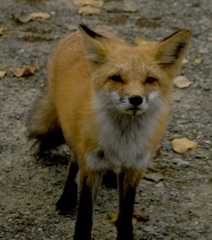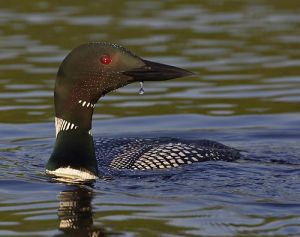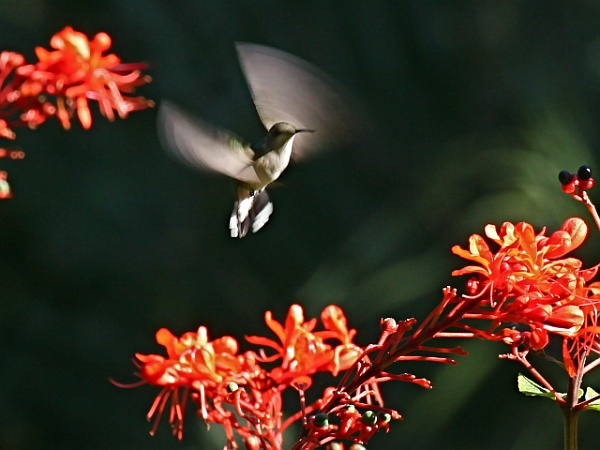 Acadia National Park is always a good place to see wildlife. The one species we’re sure to see is the red fox (Vulpes vulpes).
Acadia National Park is always a good place to see wildlife. The one species we’re sure to see is the red fox (Vulpes vulpes).
In Maine as everywhere red foxes are generalists, hunting for prey the way cats do by stealth and pounce but willing to eat roadkill if the opportunity arises.
That’s how we saw a vixen and kits one evening, eating a dead fawn by the side of the road. Because of the position of the fawn, the kits were in danger of being hit by a car so I stopped and used my hiking stick to push the roadkill into the ditch. This must have worked as there was no hint the next day that any kits had been hurt.
One night at the inn we were awakened by eerie barking – a cross between a cat’s yowl, a dog’s bark and a cry of pain. It was a fox claiming his territory but it gave us the creeps. We were very glad when he shut up.
Our best encounter was with The Chicken Fox. No, he didn’t kill domestic chickens. Someone in the neighborhood felt sorry for him and provided supermarket meat. The Chicken Fox became single-minded and fearless about retrieving his handout and would trot across the backyard every afternoon on his way to the stash. We knew what he ate because he would carry the boneless, skinless chicken breast back to the woods.
I think the chicken handouts prolonged his life. He looked worn out and mangey in his final year but still showed up for his daily meal. The Chicken Fox is gone now, but his descendants live on.
(photo by Chuck Tague)

